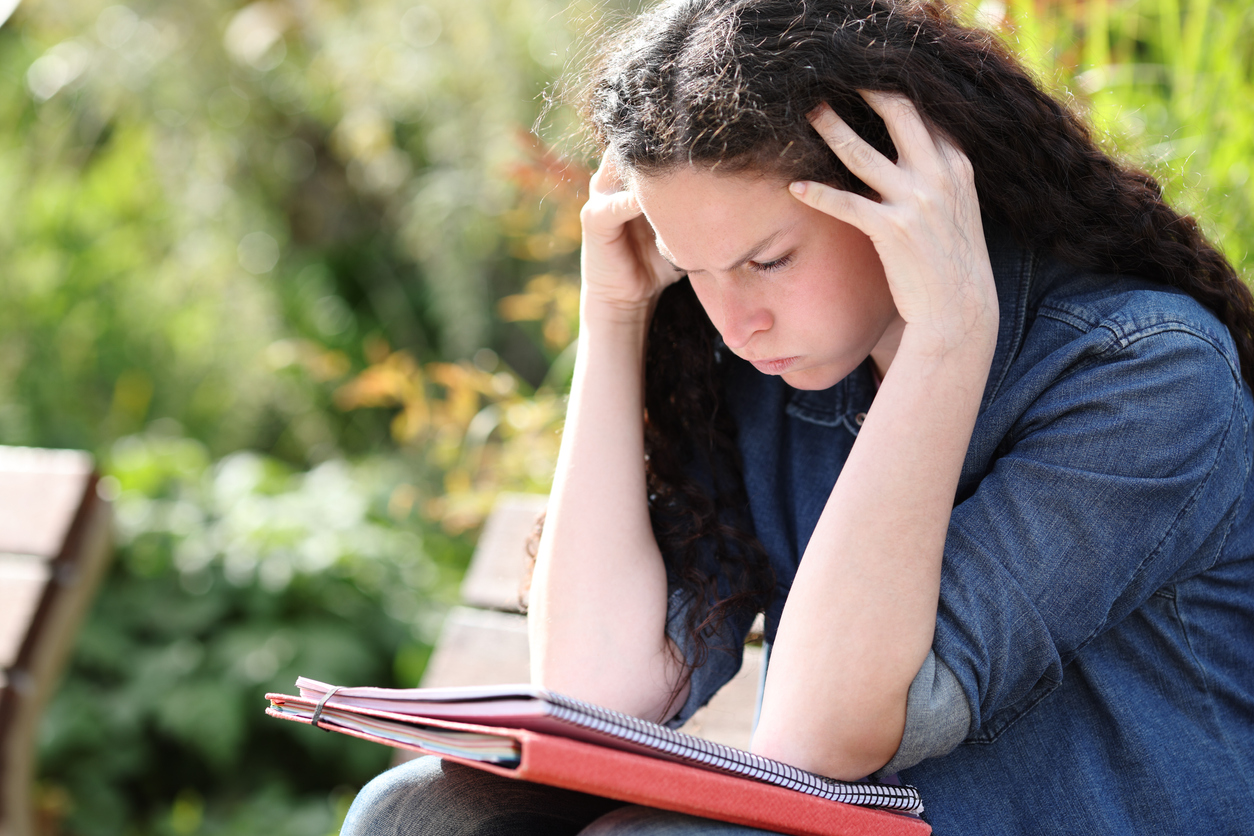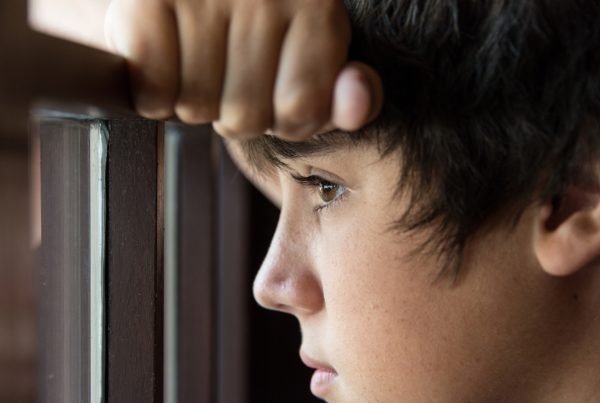ADHD is one of the most diagnosed mental health and neurodevelopmental disorders in adolescents. Yet it is often poorly understood. Certain symptoms are sometimes mischaracterized or overvalued as signs of ADHD, while others go unnoticed. Furthermore, the risks of untreated ADHD are not emphasized often enough, especially as teens get older.
Left untreated, ADHD can have several devastating knock-on effects, including difficulties academically and professionally, relationship problems, unsafe sexual activity, and a severely increased risk of substance abuse.
For many teenage girls, ADHD symptoms become less apparent with age – but that does not always mean that teens grow out of it. Instead, they may begin to develop their own coping mechanisms, some of which are positive, and some of which aren’t. Recognizing the signs of ADHD in teen girls can help friends and family members intervene as early as possible, begin ADHD treatment, and reduce the negative impact that ADHD may have on a teenager’s life.
Seeing the Signs of ADHD in Teen Girls
In children and teens, ADHD rates skew heavily towards boys. However, research shows us that adult ADHD rates are quite even across the board, with a 1-to-1 ratio of male to female diagnoses. This can be explained by the theory that girls are underdiagnosed, because their symptoms often appear somewhat different to those of boys, and may be misdiagnosed as anxiety, depression, or a learning disability.
At its core, ADHD is characterized by hyperactivity and inattentiveness. However, of these two major symptoms, it’s the hyperactivity that is most often recognized and called out by parents and educators. Girls with ADHD become more apparent as potential candidates for diagnosis later in their teen years, if they struggle in high school or college settings.
An early diagnosis can be incredibly helpful. Girls and boys alike do much better at school and in other parts of life with an individualized treatment plan, if their ADHD is identified early on. As time passes, it can be more difficult to identify cases of ADHD, as young adults become better at masking their symptoms, or developing compensatory behaviors. However, this leaves them vulnerable to adjunct or co-occurring disorders and life problems, including self-esteem issues, anxiety, depression, and substance use disorder.
Signs of ADHD vs Diagnostic Criteria
If you’re worried that your teen might be struggling with ADHD, it’s important not to jump to conclusions. The signs of ADHD can range from struggling to keep up with peers at school to frequently not listening when being talked to. But signs and red flags are not enough for a thorough and accurate diagnosis. They are, however, enough to consider talking to a doctor about scheduling an appointment for screening.
ADHD is diagnosed as per the DSM-V. Among other requirements, teens and children who may have ADHD must:
- Have had their symptoms since before they were 12 years old.
- Must have consistently struggled with their symptoms for at least six months.
- Struggle to keep up with their responsibilities and function on a daily basis as a result of their symptoms.
- Experience their symptoms in two or more settings, i.e., not just at school, but at home as well.
- Have at least five symptoms of impulsivity, inattention, and/or hyperactivity if they’re older than 17.
Addressing and Treating ADHD in Teen Girls
Roughly 70 percent of children and teens with ADHD respond to stimulant medication plans. In teens with ADHD, these substances can be a positive life-changer. But medication on its own is not always going to work. There are behavioral therapy programs and recommended lifestyle changes for teens with ADHD, as well as resources for friends and parents to create a better support system for their loved ones.
FAQs About ADHD in Teen Girls
ADHD can be a contentious topic among parents and educators alike. Some of the questions we receive about ADHD in teens include:
Are there ADHD signs that go unnoticed?
There are signs of ADHD that often go unnoticed until later years – such as poor executive functioning, inattentiveness, and difficulty listening to others. These symptoms can be masked through certain self-developed coping skills, or be misinterpreted as learning difficulties, other neurodevelopmental issues, or just a lack of interest in school.
Can hormonal development worsen ADHD symptoms in girls?
In most cases, the opposite is true – in most cases, it seems that symptoms of ADHD improve with time, especially after puberty. However, that doesn’t mean that ignoring a diagnosis of ADHD is in any way a good idea. Teens with untreated ADHD are at much greater risk for anxiety, depression, relationship problems, and even substance abuse.
Can girls with ADHD excel in certain areas, or have unique strengths?
ADHD is not an indictment of a child’s intelligence or resourcefulness. While children and teens diagnosed with ADHD may struggle more than their peers in school settings, it does not change their individual talents or strengths. A teen girl can be diagnosed with ADHD, and still become a valedictorian, or a brilliant artist, or anything else. And with proper support and treatment, they’re even more capable of living out their potential.
How is ADHD different in girls compared to boys?
Crucially, girls with ADHD are more reserved, more inattentive, less likely to lash out or be impulsive, and more likely to develop their own compensatory behavior to mask their symptoms. For example, where boys tend to be more disruptive, girls with ADHD tend to have trouble listening, and struggle with executive functioning (managing their time, keeping track of tasks, remembering their responsibilities).
If you have more questions about recognizing and coping with signs of ADHD in teen girls, or if you want to learn more about treatments for teens with ADHD or a co-occurring disorder, contact us at Visions Teen Treatments.
Conclusion
ADHD in teen girls is more common than some parents might suspect, even if it isn’t as apparent. Understanding the signs and symptoms, especially those that aren’t always associated with ADHD, or may be associated with other conditions, can help parents and educators better screen teen girls for signs of ADHD, and get them the help and treatment they need. For more information on ADHD treatment for teen girls, contact us at Visions Teen Treatments.








